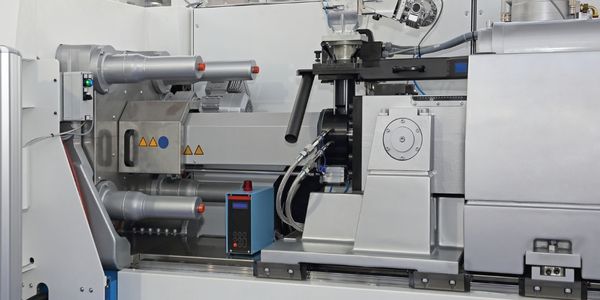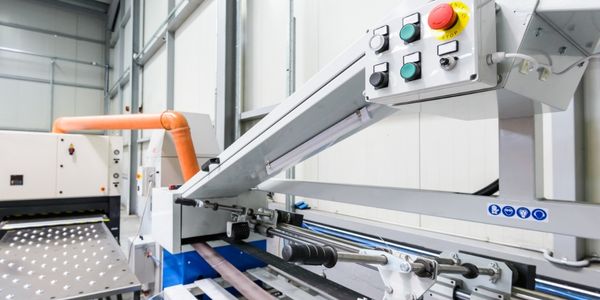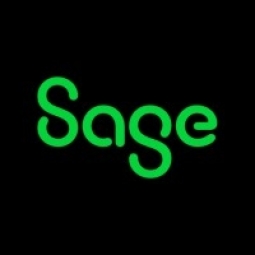Customer Company Size
Mid-size Company
Region
- America
Country
- Canada
Product
- Sage ERP X3
Tech Stack
- Microsoft Windows
Implementation Scale
- Enterprise-wide Deployment
Impact Metrics
- Productivity Improvements
- Cost Savings
Technology Category
- Functional Applications - Enterprise Resource Planning Systems (ERP)
Applicable Functions
- Discrete Manufacturing
Use Cases
- Inventory Management
- Manufacturing System Automation
Services
- System Integration
About The Customer
Avmor Ltd. is a family-owned company that has been manufacturing and distributing quality cleaning products for over 60 years. The company's manufacturing facilities are housed in a 155,000 square-foot, ISO 9001-2008 and ISO 14001:2004 certified plant. The plant includes liquid and powder blending facilities, a reactor for forming acrylic polymer emulsions, complete packaging facilities, and on-site printing capabilities. While most of the company’s business is conducted within Canada, it has a growing presence in the United States, Europe, Asia, and the Middle East.
The Challenge
Avmor Ltd., a family-owned company that manufactures and distributes quality cleaning products, was relying on a legacy software system that had exceeded its useful life. The system was not based on Microsoft Windows and was heavily customized, making it expensive to maintain. It also lacked Material Requirements Planning (MRP) capabilities, and reporting was always a struggle. Avmor launched a comprehensive search for a new fully integrated advanced manufacturing and distribution enterprise software solution.
The Solution
Avmor selected Sage ERP X3 as the solution of choice after a comprehensive review of 15 other options. A local Sage Authorized Partner, referred by Sage, collaborated with Avmor’s internal team to implement Sage ERP X3. The software provides access to information across departments, improving collaboration and facilitating better decision making. It also streamlines inventory management with robust MRP capabilities. The web-based architecture of Sage ERP X3 lends itself perfectly to use by Avmor’s sales staff who are now able to access the software from anywhere they have Internet access.
Operational Impact
Quantitative Benefit

Case Study missing?
Start adding your own!
Register with your work email and create a new case study profile for your business.
Related Case Studies.

Case Study
Plastic Spoons Case study: Injection Moulding
In order to meet customer expectations by supplying a wide variety of packaging units, from 36 to 1000 spoons per package, a new production and packaging line needed to be built. DeSter wanted to achieve higher production capacity, lower cycle time and a high degree of operator friendliness with this new production line.

Case Study
Robot Saves Money and Time for US Custom Molding Company
Injection Technology (Itech) is a custom molder for a variety of clients that require precision plastic parts for such products as electric meter covers, dental appliance cases and spools. With 95 employees operating 23 molding machines in a 30,000 square foot plant, Itech wanted to reduce man hours and increase efficiency.

Case Study
Hospital Inventory Management
The hospital supply chain team is responsible for ensuring that the right medical supplies are readily available to clinicians when and where needed, and to do so in the most efficient manner possible. However, many of the systems and processes in use at the cancer center for supply chain management were not best suited to support these goals. Barcoding technology, a commonly used method for inventory management of medical supplies, is labor intensive, time consuming, does not provide real-time visibility into inventory levels and can be prone to error. Consequently, the lack of accurate and real-time visibility into inventory levels across multiple supply rooms in multiple hospital facilities creates additional inefficiency in the system causing over-ordering, hoarding, and wasted supplies. Other sources of waste and cost were also identified as candidates for improvement. Existing systems and processes did not provide adequate security for high-cost inventory within the hospital, which was another driver of cost. A lack of visibility into expiration dates for supplies resulted in supplies being wasted due to past expiry dates. Storage of supplies was also a key consideration given the location of the cancer center’s facilities in a dense urban setting, where space is always at a premium. In order to address the challenges outlined above, the hospital sought a solution that would provide real-time inventory information with high levels of accuracy, reduce the level of manual effort required and enable data driven decision making to ensure that the right supplies were readily available to clinicians in the right location at the right time.

Case Study
Fully Automated Visual Inspection System
Tofflon has developed a fully automatic machine that uses light to inspect vials, medicine bottles, or infusion containers for glass fragments, aluminum particles, rubber grains, hairs, fibers, or other contaminants. It also detects damaged containers with cracks or inclusions (microscopic imperfections), automatically removing faulty or contaminated products. In order to cover all production processes for freeze-dried pharmaceuticals, Tofflon needed to create an open, consistent, and module-based automation concept.

Case Study
SAP Leonardo Enabling Rocket Science
At times, ULA has as many as 15 different operating systems dedicated to overlapping processes, such as rocket design, testing, and launch. Multiple systems created unnecessary costs and unwanted confusion among workers at offices, factories, and launch sites in different location. In order to improve collaboration and transparency during vital activities that directly influence mission success, ULA wanted to improve data sharing and streamline manufacturing processes.








